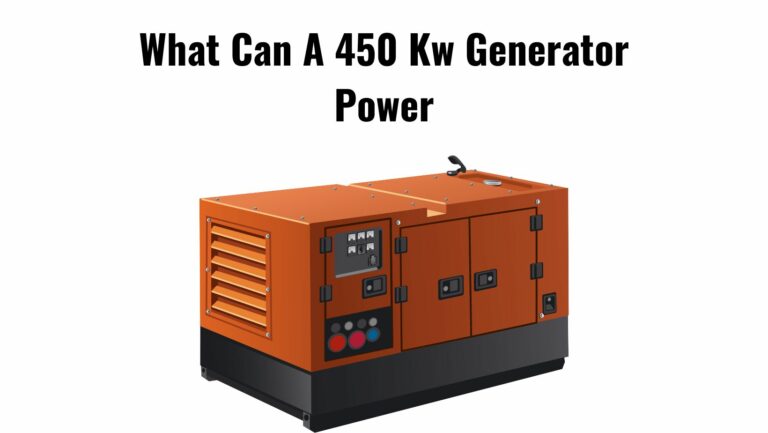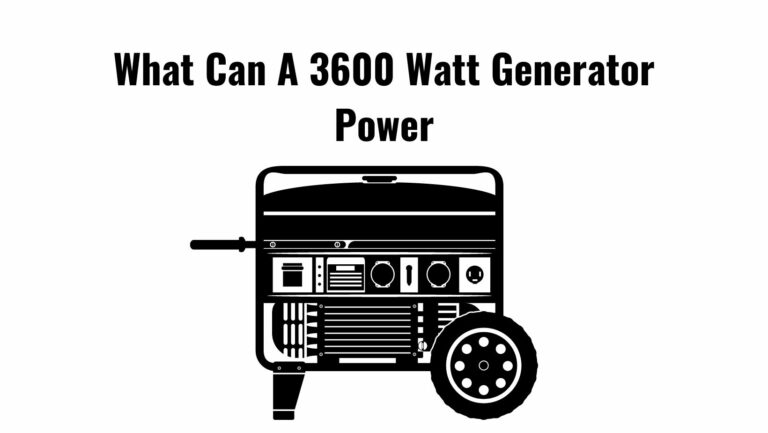
Let’s talk about EMF, (Electromotive Force), and its role in power generation. If you’ve ever heard the term “voltage” being thrown around in discussions about electricity, you’re likely already familiar with what EMF is.
Simply put, EMF is a measure of the electrical potential energy in a circuit. But why is understanding power generation from EMF so important? Well, it’s the foundation of how we power our homes, our devices, and even our vehicles. So, let’s dive in and explore what maximum power can be generated from an 18-V EMF.
Factors Affecting Power Generation From an 18-v Emf

1. Type of Circuit
The type of circuit, whether it’s a series circuit, a parallel circuit, or a combination of both, plays a big role in how much power it can generate from an 18-V EMF. In a series circuit, it divided the voltage across the components, while in a parallel circuit, the voltage is the same across all components. The type of circuit you choose will impact the current flow, which in turn affects the power generated.
2. Load Resistance
Load resistance refers to the opposition to current flow in a circuit. The higher the load resistance, the lower the current flow, and the lower the power generated. On the other hand, if the load resistance is low, the current flow will be high, resulting in higher power generation.
3. The efficiency of the Power Source
The efficiency of the power source refers to the percentage of energy converted from the power source to useful output power. For example, if the power source has an efficiency of 80%, then 80% of the energy from the power source will be converted to useful power, while the remaining 20% will be lost as heat or other forms of waste. The efficiency of the power source will directly impact the amount of power that can be generated from an 18-V EMF.
What Maximum Power Can Be Generated From An 18-v Emf?
Ah, the million-dollar question – just how much power can be generated from an 18-V EMF? I wish I could give you a specific answer, but unfortunately, it’s not that simple. The maximum power that can be generated from an 18-V EMF depends on a variety of factors, including the type of circuit, the load resistance, and the efficiency of the power source.
But here’s what we can do – let’s use a simple example to give you an idea of the calculations involved. If the load resistance is 10 ohms and the current in the circuit is 2 amps, we can use Ohm’s law (V=IR) to calculate the voltage across the load resistance, which is 20 volts. The power generated in the circuit can then be calculated using the power equation (P=IV), which gives us a result of 40 watts.
Keep in mind that this is just a simple example and the actual maximum power that can be generated from an 18-V EMF will vary based on the specific circumstances of the circuit. But, I hope this gives you a better understanding of how the calculations work and what factors come into play when determining the maximum power that can be generated from an 18-V EMF.
Methodologies for Calculating Maximum Power
When it comes to calculating the maximum power that can be generated from an 18-V EMF, there are three main methodologies that are commonly used: Ohm’s law, the power equation, and power factor analysis. Let’s take a closer look at each one.
1. Ohm’s law
Ohm’s law is one of the most fundamental laws in electrical engineering. It states that the current in a circuit is directly proportional to the voltage and inversely proportional to the resistance. This law can be expressed mathematically as I = V/R. By using Ohm’s law, we can calculate the current in the circuit, which is an important factor in determining the maximum power that can be generated.
2. Power equation
The power equation, P = IV, is used to calculate the power generated in a circuit. The power generated is equal to the product of the current and the voltage in the circuit. This equation is simple to use and provides an accurate measurement of the power generated in a circuit.
3. Power Factor Analysis
Power factor analysis is a method for determining the efficiency of a power source. It involves calculating the power factor, which is the ratio of real power to apparent power. The power factor can be used to identify the sources of energy loss in a circuit and to optimize the use of energy to generate the maximum amount of power possible.
Real-World Applications of 18-v Emf
1. Renewable Energy Sources
18-V EMF is widely used in renewable energy sources such as solar panels and wind turbines. In these applications, the 18-V EMF is generated by the sun or wind and is used to power homes and businesses. By using renewable energy sources, we can reduce our dependence on fossil fuels and help to protect the environment.
2. Battery-Powered Devices
18-V EMF is also used in battery-powered devices such as cell phones, laptops, and power tools. These devices use rechargeable batteries that generate an 18-V EMF to power the device. This type of power source is convenient and allows us to use our devices wherever we go, without the need for a plug or outlet.
3. Industrial Settings
18-V EMF is also used in industrial settings to power machinery and equipment. In these applications, the 18-V EMF is generated by large power sources such as generators or the electrical grid. This type of power is essential for many industrial processes, and the reliability and consistency of the power source are critical to the success of the operation.
Final Thoughts
18-V EMF is a versatile and reliable source of power that has a wide range of applications in the modern world. From powering battery-powered devices to generating renewable energy to powering machinery in industrial settings, the 18-V EMF is an essential component in many aspects of our daily lives.
In this article, we discussed the maximum power that can be generated from an 18-V EMF, including the factors that affect power generation and the methodologies for calculating maximum power. We also explored the real-world applications of 18-V EMF and its potential for power generation.
It’s clear that the 18-V EMF is a valuable tool for power generation, and its versatility and reliability make it an essential component in many areas of our lives. Whether we’re using it to power our devices, generate renewable energy, or power machinery, the 18-V EMF has the potential to make a significant impact on our world.






